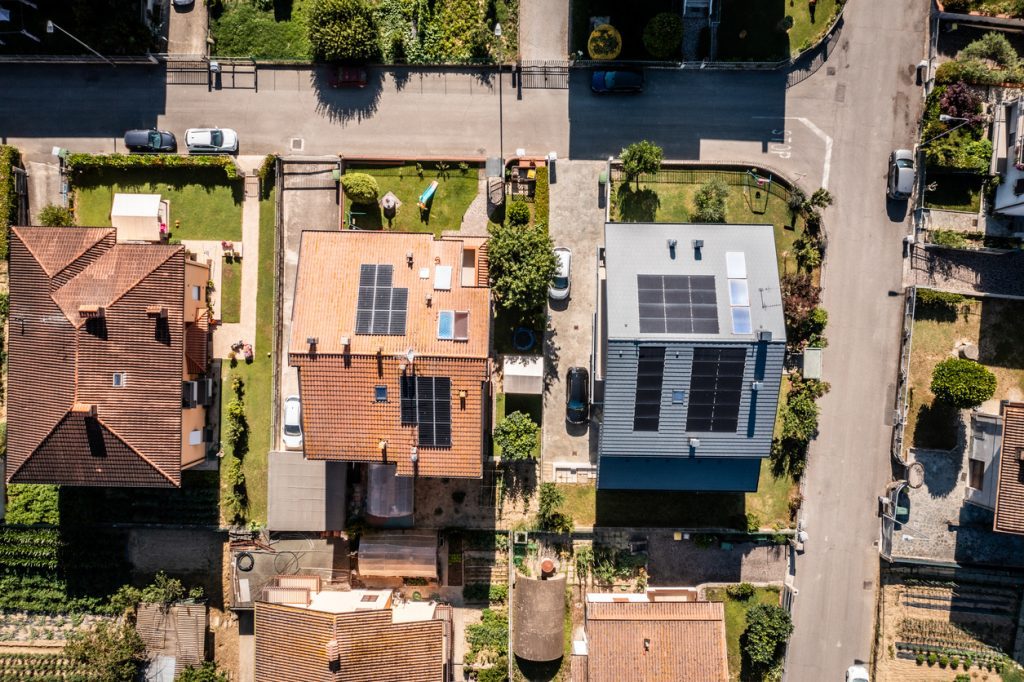How COVID-19 is changing our suburbs and regions
By Andrew Dunbar | 08/01/2021

At the Apt 2020 End-of-Year event, attendees heard from author, demographer and commentator, Bernard Salt, on creating wealth in post-COVID Australia. Those who attended will no doubt agree that it was an incredibly interesting and timely presentation. One discussion point that the Apt Investment team has been doing a lot of thinking about is the shift to our suburbs and regions.
An exodus to our suburbs was already well underway prior to the onset of COVID-19, but with 2020 came lockdowns, work from home and general avoidance of crowded areas – changing the roles of our cities and suburbs in the short-term, and perhaps forever.
Millennials making the move
When we hear the term “Millennial” many of us still think of young Australians, but the reality is that the oldest Millennials are now approaching their forties.
Millennials, the children of the Baby Boomers, are reaching the age and stage where an inner-city apartment is no longer suited to their lifestyle and they will be looking for homes in the inner suburbs, that can accommodate growing families. And, as Bernard pointed out, with forty-two set to be the most common age in Australia for some time, this group represents a significant portion of the population – who could have a significant influence on how and where we live our lives.
While this move may have happened anyway, coronavirus and the shift to remote working is likely to heighten the need for larger homes and more space to include home office space for one or both partners.
Changing values, changing lifestyles
I’ve talked in previous blogs about how COVID-19 has changed people’s values when it comes to their finances and their lifestyles and, for some, this is playing out as a move to more suburban or even regional areas.
Fuelled by a need for more safety, fresh air and open space, more affordable, larger homes to live and work in, and even the possibility of becoming self-sufficient, Australians of all ages are flocking to coastal and rural areas.
It such a growing trend that Bernard has coined a name for it, The VESPA Movement. An acronym for Virus Escapees Seeking Provincial Australia, it highlights the sheer number of Australians rethinking life in our cities. Bernard highlighted this change in his presentation, looking at the growth in residential transactions by Local Government Area. In early 2020, 16 of the top 20 LGAs were in metropolitan areas. By the end of 2020, this looked entirely different; with 15 of the top 20 being regional areas.
Our suburbs and regions will change in response
While many city dwellers make the move to a suburb or region for the lifestyle it offers, it’s likely that any significant influx will change that lifestyle and the community around it. We’ve seen it happen with the gentrification of suburbs like Newtown in Sydney and West Fitzroy in Melbourne – many originally moved to these suburbs for both the creative lifestyle and cheaper housing, but growing interest raised property prices, making ownership less attainable for the existing community, changing the nature and demography of the community.
Of course, gentrification is often painted in a negative light, but for our outer suburbs and regions there may be many benefits. Many of Australia’s regional areas have been experiencing population decline, as younger generations move to metropolitan areas in search of employment. However, a growing population can bring new retail businesses and business opportunities, investment in infrastructure, and more local jobs.
Potential for a resurgence in ‘localism’
I recently read an article from 2019, that discussed how many outer suburbs don’t have a thriving local retail scene and are instead dominated by shopping malls because there simply isn’t the need, with a large percentage of the community commuting to cities for work each day.
Now, with so many more people tipped to continue working from home into the future, our cities may lose some traction as retail hubs, as more and more of us do our shopping locally. Suburban shopping precincts will need to respond, providing more localised services to meet this demand.
Our property markets will likely see changes
The shift to our suburbs will likely affect our property markets on many levels. As areas increase and decrease in popularity, the local property markets will respond in turn, and this may lead to price changes in some suburbs and regional areas.
There is some speculation that we will see an increase in demand for houses, as more Australians look for the space to accommodate working from home and put physical distance between themselves and their neighbours.
Aligning lifestyle, finances, and values
Of course, if 2020 has shown us anything, it’s that it is hard to predict what will come next. This can make it tricky to know what financial or lifestyle moves to make in 2021. But when it comes to these decisions, it’s critical to ensure your spending habits, investment decisions and lifestyle align with your values, so that you can live for today while planning for tomorrow.
Your Apt Adviser is here to enable you to do just that. If you are re-evaluating what’s important to you in 2021, get in touch to find out how we can help you make the most of your finances to live the lifestyle you want.
General Advice warning
The information provided in this blog does not constitute financial product advice. The information is of a general nature only and does not take into account your individual objectives, financial situation or needs. It should not be used, relied upon, or treated as a substitute for specific professional advice. Apt Wealth Partners (AFSL and ACL 436121 ABN 49 159 583 847) and Apt Wealth Home Loans (powered by Smartline ACL 385325) recommends that you obtain professional advice before making any decision in relation to your particular requirements or circumstances.









